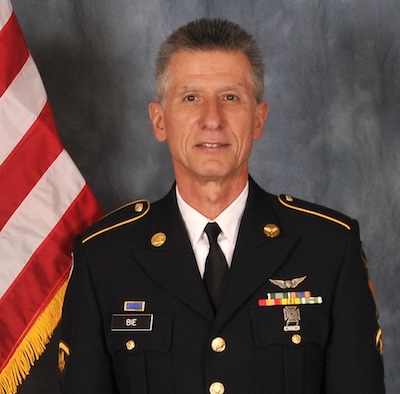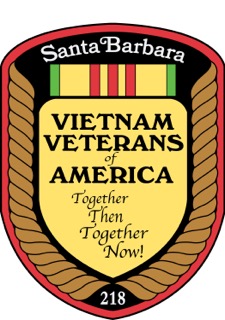By Peter Bie
On March 29, our nation will pause to remember and honor the 9-million military men and women of the U.S. who served both in Southeast Asia and other duty stations at home and abroad during the Vietnam War era from 1959-1975.
The date itself recalls the month and day in 1973 when the last U.S. combat troops departed Vietnam. On and around the same day, Hanoi released the last of its acknowledged POWs. The end of the era marks the final battle concerning the seizure of the American cargo ship SS Mayaguez when it was stopped and boarded by Cambodian troops in the Gulf of Thailand in May 1975.
In the days leading up to April 30, 1975, when the capital city of Saigon fell to the forces from the North, there had begun a mass exodus of hundreds of thousands of refugees fleeing the country in any manner they could, many of them later to be known as the “boat people.” And who can ever forget the pictures of American personnel and Vietnamese civilians clamoring to get aboard helicopters and passenger jets as all was collapsing around them.

As veterans of the war, we make no distinction between those who served in-country, in the theater of operations, or were stationed elsewhere during the era. All were called to serve, and none could self-determine where they would be stationed, although over the course of the war many voluntarily returned to Vietnam for a second, third or fourth six-month “extension” tour.
It remains a divisive conflict that is always debatable, often argued about, and has left its legacy and imprint on the American psyche for the past five decades.
What is not in contention is that a generation of Americans did what their country asked of them. With few exceptions, they did so honorably and proudly.
Over 58,000 Americans were killed–including 98 from Santa Barbara County–and their names, forever etched in the black marble of the Vietnam War Memorial in Washington, D.C., will never be forgotten. There are still 1,200 U.S. personnel listed as missing in action and presumed dead.
So, too, we remember the full breadth of the casualties of the war: As many as 2-million civilians on both sides and some 1.1 million North Vietnamese and Viet Cong fighters. Estimates are that between 200,000 and 250,000 South Vietnamese soldiers were killed. And there were also losses among our allies from Australia, the Republic of Korea, and the Philippines. And believe it or not, upwards of 25,000 Canadians volunteered to serve in the U.S. armed forces, 134 of whom were killed in action or reported missing in Vietnam. Their names are included on the Vietnam Memorial.

For all those who came home, many with mild to severe or even debilitating injuries, most with some form of PTSD (post-traumatic stress) or TBI (traumatic brain injury) and other invisible scars–not to mention exposure to Agent Orange—we must continue to ensure they have access to the best medical and psychological care this country can provide them for the rest of their lives. They deserve no less.
To the men and women of the Army, Navy, Air Force, Marines, Coast Guard and Merchant Marine who put on the uniform and carried out their duties during the era, I salute you and loudly proclaim a hearty “Welcome Home”!
Peter Bie
President |Chapter 218, Santa Barbara, CA
Vietnam Veterans of America
Op-Ed’s are written by community members, not representatives of edhat. The views and opinions expressed in Op-Ed articles are those of the author’s.
[Do you have an opinion on something local? Share it with us at info@edhat.com.]
















Thank You Peter. I can relate to all of that, and think it’s often necessary to bring this to light.
(US ARMY 73-75)
Thanks for this great article. We all owe a lot to those who served there, and everywhere else, for our country.